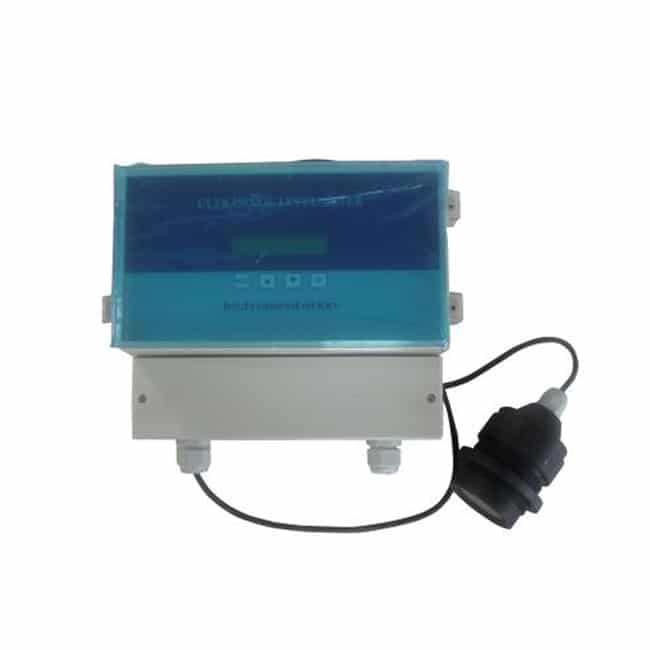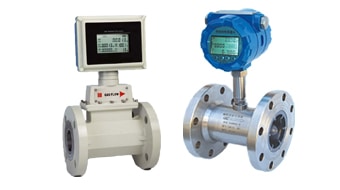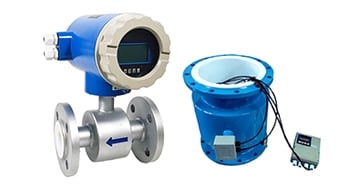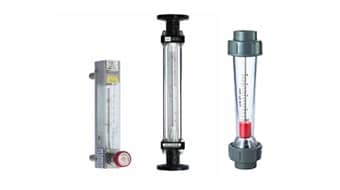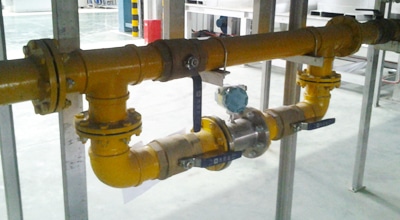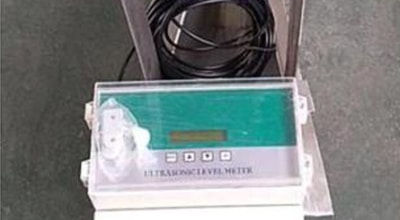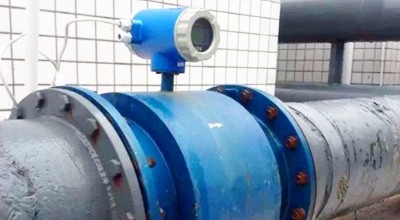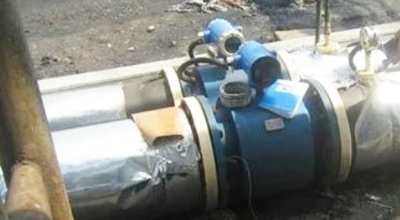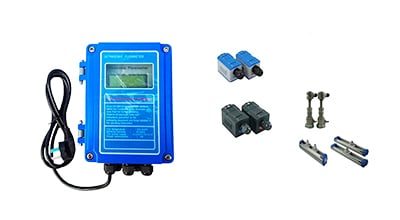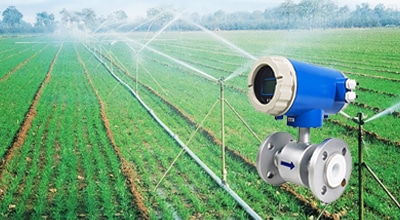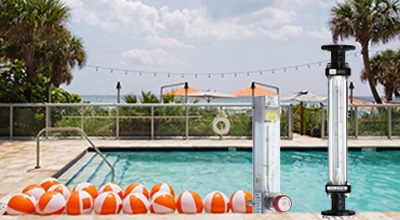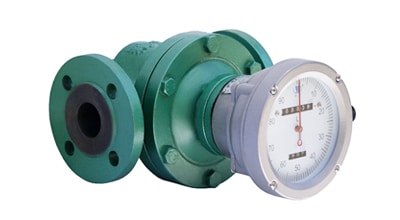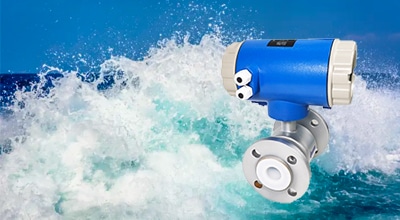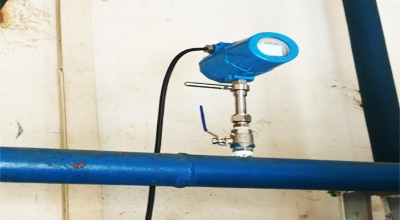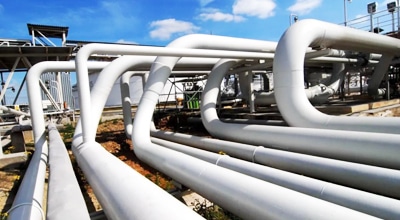Ultrasonic Flow Meter
Apure ultrasonic flow meter uses the principle of low voltage, multi-pulse time difference, using high-precision and super-stable double balance signal detection transmission, differential reception digital detection technology to measure the acoustic wave transmission time in the direction of downstream and counter-current, according to the time difference to calculate the flow rate. With a very simple installation, no pipe breaking, no water shutdown, so customers can easily achieve flexible pipeline flow measurement. The product can also be equipped with installation fixtures that provide reliable, drift-free measurements over time without routine maintenance. It adopts advanced digital correlation technology and intelligent adaptive acoustic technology, which makes its measurement stability more outstanding. At the same time, it uses acoustic focusing technology, so that the product in the continuous measurement of the signal receiving quality has been significantly enhanced.
What is ultrasonic flow meter?
An ultrasonic flow meter is a reasoning instrument that uses ultrasonic technology to measure the velocity of an acoustically conductive liquid passing through it. There are several types of ultrasonic flowmeter technology, including propagation velocity difference method (direct time difference method, time difference method, phase difference method and frequency difference method), beam shift method, Doppler method, mutual correlation method, spatial filtering method and noise method. In addition to inline and open channel models, ultrasonic meters are also available as an external clamping solution when contact with the fluid being measured is not possible.
How does ultrasonic flow meter work?
Ultrasonic waves carry information about the fluid flow rate as they travel through the flowing fluid. Therefore, the flow rate of the fluid can be detected by the received ultrasonic waves, which can be converted into flow rate. According to the detection method, can be divided into different types of ultrasonic flowmeter such as propagation velocity difference method, Doppler method, beam offset method, noise method and correlation method.
Ultrasonic flowmeter uses sound waves to determine the velocity of the fluid flowing in the pipe. Under no-flow conditions, the ultrasonic waves are transmitted into the pipe at the same frequency as their reflection in the fluid. Under flow conditions, the frequency of the reflected wave is different due to the Doppler effect. As the fluid moves faster, the frequency shift increases linearly. The transmitter processes the signal from the transmitted wave and its reflection to determine the flow rate.
The time difference ultrasonic flowmeter sends and receives ultrasonic waves between the transducer in the upstream and downstream directions in the pipe. Under no-flow conditions, the upstream and downstream times are the same between the transducers. Under flow conditions, the upstream wave will travel slower and take more time than the (faster) downstream wave. As the fluid moves faster, the difference between upstream and downstream times increases. The transmitter processes the upstream and downstream times to determine the flow rate.
Advantages and disadvantages
The technology is very accurate and can be used for trade delivery of natural gas and petroleum fluids (meaning accurate calculation of expensive fluids). High range ratio (can be read as a percentage of full range or top reading), can handle high pressures, repeatable (consistent), can handle temperature extremes, can be clamped to the outside of the pipeline for use without penetration, low maintenance, highly reliable and self-diagnostic. Disadvantages may include high cost, sensitivity to stray process vibrations, problems with pipe diameter changes due to buildup, and lower accuracy of the clamping device.
Ultrasonic flowmeters do not impede flow and can therefore be applied to sanitary, corrosive and abrasive fluids. Some ultrasonic flowmeters use a clamp-on sensor that can be mounted outside the pipe and does not have any wetted parts. Portable ultrasonic flowmeters with clip-on sensors can be used for temporary flow measurements. Clip-on sensors are particularly useful when the pipeline is not disturbed, such as in power and nuclear industry applications. In addition, clip-on sensors can be used to measure flow without regard to materials of construction, corrosion and wear. However attractive, the use of clip-on sensors introduces additional ultrasonic interfaces that can affect the reliability and performance of these flow meters.
- Impressive accuracy. Compared to mechanical meters, it has higher extensibility and low flow accuracy, maintaining accuracy in a wide range of applications.
- Flexible installation. Can be installed permanently or temporarily – a single user can install a clamp meter within an hour as a temporary measurement solution or to verify the accuracy of other meters.
- Minimal maintenance. Streamlined design with no moving parts, thus lowest maintenance costs and low installation and ownership costs.
How to use ultrasonic flow meter?
Ultrasonic flowmeters are commonly used to measure the velocity of liquids that allow ultrasonic waves to pass through, such as water, molten sulfur, cryogenic liquids, and chemicals. The transfer time design can also be used to measure gas and steam flows. Be careful because fluids that do not pass through ultrasonic energy, such as a variety of pastes, can limit ultrasonic penetration into fluids. In Doppler ultrasonic flowmeters, the opaque flow limits ultrasonic penetration near the tube wall, which can reduce accuracy and/or make the meter impossible to measure. Jet lag ultrasonic flowmeters may not operate when an opaque fluid reduces the ultrasonic wave to the point where the wave cannot reach the receiver.
Ultrasonic flowmeter installation

- Insertion type: suitable for measuring the flow of small and medium diameter pipes. The probe is inserted into the pipe and fixed by thread or clamp.
- External clamping type: suitable for measuring the flow of medium and large diameter pipes. The sensor is mounted on the outside of the pipe and fixed by a bracket.
- Pipe-through type: Suitable for measuring the flow of high-pressure pipes. The probe is threaded into the pipe and fixed by welding with the pipe wall.
Applications
Petrochemical industry
- Flow measurement of crude oil, refined oil, natural gas, liquefied gas and so on
- Flow measurement of chemical raw materials, intermediates and products
Power industry
- Flow measurement of boiler feed water, condensate, cooling water;
- Monitoring of flue gas dust emission from thermal power plants;
- Measurement of water flow in hydroelectric power stations.
Metallurgical industry
- Flow measurement of water, steam, acid and alkali solutions, slurry, etc. in the process of steelmaking, steel rolling, electrolysis
- Flow measurement of blast furnace gas and coke oven gas
Water industry
- Flow measurement of urban water supply, agricultural irrigation, industrial water
- Flow monitoring of rivers, lakes, reservoirs
- Sewage flow measurement of sewage treatment plants
Environmental protection industry
- Monitoring of smoke and dust emissions
- Flow measurement of wastewater and sewage
Other industries
- Flow measurement of raw materials and products in the food and beverage industry
- Flow measurement of slurry, dyes, etc. in the textile industry
- Flow measurement of raw materials, intermediates and products in the pharmaceutical industry
- Flow measurement of pulp, white water, etc. in the paper industry
Ultrasonic flow meter selection
In the selection of ultrasonic flowmeter, need to consider the following factors:
- The measured fluid: different acoustic properties of different fluids are different, so you need to choose the ultrasonic flowmeter suitable for the measured fluid. For example, for higher viscosity fluid, should choose the Doppler type ultrasonic flowmeter; for the fluid containing bubbles or particles, should choose the propagation time method of ultrasonic flowmeter.
- Pipe size: ultrasonic flowmeter measurement range and pipe size, so you need to choose and pipe size matching flowmeter.
- Measurement accuracy: ultrasonic flowmeter accuracy level is divided into 0.1 level, 0.2 level, 0.5 level, 1.0 level, 1.5 level, 2.0 level, 2.5 level, 3.0 level, etc., of which 0.1 level of accuracy is the highest, 3.0 level of accuracy is the lowest. Users should choose the appropriate accuracy level according to the actual demand.
- Installation: ultrasonic flowmeter installation methods are mainly insertion type, external clamping type and through the pipe three kinds of users should be based on pipeline materials, pressure, temperature and other factors to choose the appropriate installation method.
- Functional requirements: some ultrasonic flowmeter also has other functions, such as temperature measurement, pressure measurement, data logging and so on. Users should choose the flowmeter with corresponding functions according to the actual demand.



